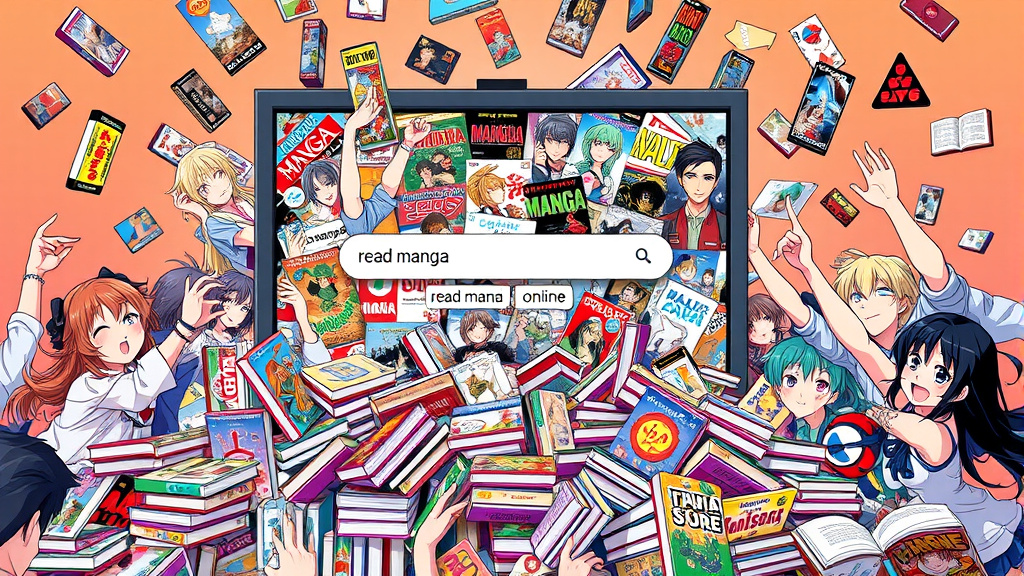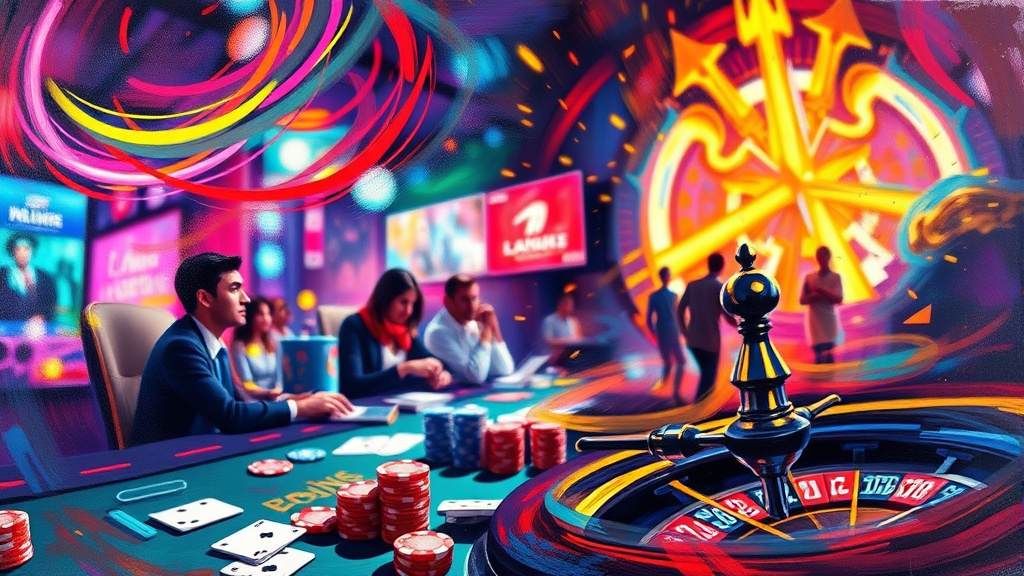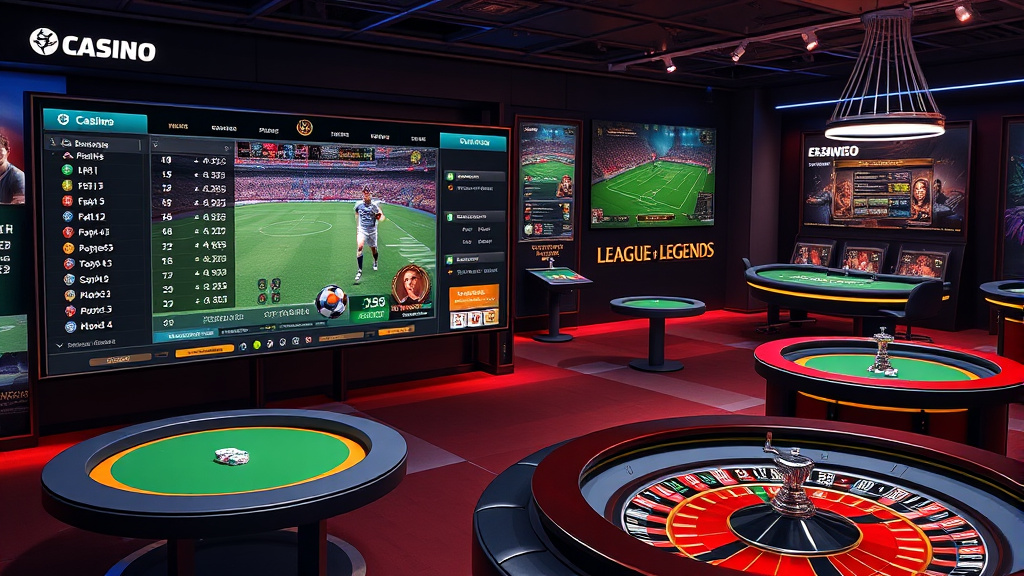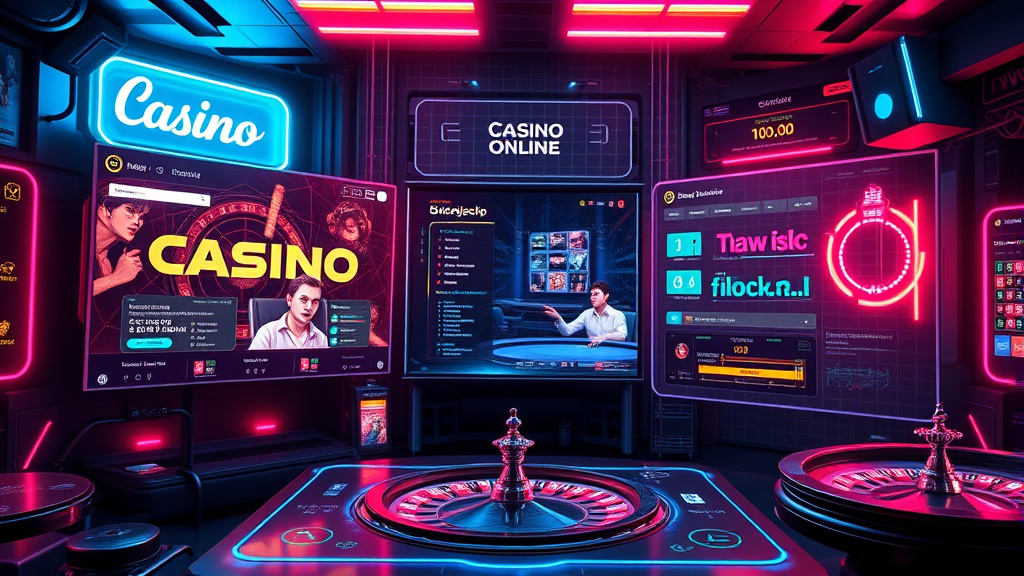creating a manga is an intricate blend of storytelling, artistry, and innovation. It entails transforming an idea into a visual narrative that captivates readers and leaves a lasting impact. Whether you're an aspiring artist or a seasoned storyteller entering the manga industry, understanding each stage of creating a manga — from initial concept to polished publication — is essential. This comprehensive guide will walk you through the critical steps involved, highlighting techniques, tools, and insider insights to elevate your manga development journey.
From Concept to Creation: A Comprehensive Guide to Manga Development
The journey of creating a manga begins with a spark of inspiration and develops into a sophisticated process involving planning, designing, illustrating, and publishing. It requires a clear vision and meticulous attention to detail at every phase. Starting with an idea or theme, manga creators must map out their universe, develop characters, and structure their story carefully. This process demands patience, creativity, and an understanding of the manga medium’s unique narrative and artistic conventions, allowing creators to craft stories that resonate with their audience.
Every successful manga is built on a foundation of originality blended with mastery of storytelling techniques. From brainstorming initial concepts to refining character designs, each step offers opportunities for artistic expression and storytelling innovation. Building a cohesive workflow and leveraging new tools can streamline the process, making creating a manga both an exciting and methodical adventure. Ultimately, it’s about translating your vision into a compelling visual journey that entertains, educates, or inspires your readers.
 Hình minh họa: creating a manga – manga onlin3
Hình minh họa: creating a manga – manga onlin3Crafting Compelling Characters - The Heart of a Successful Manga
Characters are the soul of a manga, serving as the emotional core that engages and connects with readers. Creating memorable characters involves more than just drawing attractive designs; it requires developing personalities, backgrounds, motivations, and flaws that make them relatable and multi-dimensional. When characters evolve naturally through the story, readers become invested in their journeys, fears, and triumphs. This emotional investment turns casual readers into die-hard fans, eager to follow every nuance of your characters' lives.
Personal insights suggest that successful characters often reflect universal themes such as perseverance, identity, or love, while also showcasing unique traits that set them apart. Balancing visual appeal with depth of personality is pivotal. Distinctive visual cues, subtle expressions, and consistent character arcs can make your characters stand out in a crowded industry. Remember, believable characters who grow over time elevate your manga from mere entertainment to a powerful narrative experience.

Storytelling Techniques - Mastering Manga Narrative Structure and Pacing
Effective storytelling in manga hinges on understanding narrative structure and pacing, which dictate how your story unfolds and maintains reader interest. A well-structured manga balances exposition, conflict, and resolution, often employing techniques like foreshadowing, cliffhangers, and character arcs. Pacing—the rhythm at which your story progresses—must be carefully managed to avoid dragging or rushing key moments. Mastering this balance allows your manga to sustain suspense and emotional impact throughout the series.
Drawing from personal insights, a compelling manga often intertwines visual storytelling with narrative beats seamlessly, using panel layouts and visual cues to enhance mood and tone. Techniques like varied panel sizes, dynamic compositions, and creative use of space can control pacing visually. By understanding how to manipulate your story’s rhythm and structure, you create a captivating flow that keeps audiences eagerly turning pages, making storytelling an art form within your manga's pages.
Visual Storytelling - Effective Panel Layout and Composition in Manga
In manga, the images themselves tell much of the story. Mastering effective panel layout and composition is crucial for delivering clear, impactful narratives. Panel design influences how readers interpret the story’s pacing, mood, and action. Creative use of panel sizes, shapes, and arrangements can evoke tension, humor, or melancholy. For example, large wide panels may emphasize a dramatic landscape or confrontation, while tight, jagged panels can heighten a fight scene’s chaos.
Insights from experienced manga artists suggest that a dynamic composition guides readers’ eyes smoothly across the page, enhancing comprehension and emotional response. Visual storytelling also involves reinforcing dialogue and action with expressive character poses, background details, and contrast. The challenge is finding harmony between readability and artistic flair—creating pages that are not only beautiful but also serve the story purposefully. Effective panel layout becomes your visual language, communicating complex ideas instantly and powerfully.
Developing Your Unique Art Style - Finding Your Voice in Manga Illustration
Finding a distinctive art style is essential for standing out in the manga world. While it’s important to learn foundational techniques—such as anatomy, perspective, and shading—personal expression comes from experimenting with lines, textures, and character designs. Developing your style involves blending traditional influences with innovative techniques, allowing your personality to shine through your artwork. Over time, consistent practice and critique shape your unique voice, making your work instantly recognizable.
According to seasoned manga creators, originality in art style can serve as your signature, encapsulating your thematic interests and creative sensibility. Embracing imperfections and evolving your work is part of the process. Whether you prefer a clean, polished look or a rougher, more expressive vibe, your art style should reflect the tone and genre of your manga. A strong, authentic visual voice not only attracts readers but also communicates your storytelling intentions more powerfully.
Tools and Technologies for Manga Creation - Digital vs. Traditional Methods
In the digital age, manga creators have unprecedented access to tools that streamline the creating a manga process. Digital software like Clip Studio Paint, Adobe Photoshop, and Procreate offer features specifically tailored for comic and manga art—layers, brushes, screen tones, and easy editing options. Conversely, traditional methods with pen and ink maintain a tactile, organic feel that many artists cherish for their expressive richness. Choosing between digital and traditional depends on your workflow, style preferences, and budget.
Insights from industry veterans suggest that hybrid techniques—scanning traditional sketches and refining them digitally—are increasingly popular, combining the best of both worlds. Digital tools allow for faster revisions, easier editing, and sharing, but traditional methods foster a deep connection with the craftsmanship. Regardless of the approach, mastering your chosen tools and understanding their advantages will significantly enhance your efficiency and output quality in creating a manga.
Worldbuilding for Manga - Constructing Immersive and Believable Settings
A well-crafted world enriches your manga by providing a believable setting that supports your story’s themes and characters. Worldbuilding encompasses everything from geography and culture to societal norms and technological levels. Engaging worlds invite readers to immerse themselves fully, experiencing the story as if they are part of that universe. This detail-oriented process involves consistent lore, environmental design, and cultural references that make your manga’s setting feel alive.
Personal insights highlight that effective worldbuilding ignites curiosity and emotional investment. Creators often start with broad concepts—like a dystopian future or magical realm—and gradually layer details, ensuring coherence across the story. Visually, this means designing backgrounds and environments that reflect your world’s history and mood. Thoughtful worldbuilding transforms simple narratives into epic experiences, making your manga not just a story but a vivid universe that your audience wants to explore.
Scriptwriting for Manga - Dialogue, Action, and Visual Cues
Writing a compelling manga script involves more than dialogue; it requires a balance of visual cues, action descriptions, and character voices. Manga scripts serve as a blueprint for artists and letterers to work together smoothly. Clear, concise descriptions of movement, expressions, and background details ensure that the visual storytelling aligns with the narrative. Effective scriptwriting also captures each character’s personality through their spoken lines and tone, propelling the story forward.
Personal observations suggest that great manga scripts anticipate reader questions—clarifying ambiguities and emphasizing emotional beats with carefully chosen words. Visual cues such as sound effects or motion lines should complement the artwork without overwhelming it. Mastering scriptwriting means understanding how words and visuals work together; it’s about orchestrating a seamless flow that enhances the pacing and emotional resonance of your manga.
Breaking into the Manga Industry - Publishing Options and Portfolio Development
Entering the manga industry requires strategic planning and a compelling portfolio. Aspiring creators should explore various publishing routes, from traditional publishers and manga magazines to online platforms and self-publishing. Each pathway has its pros and cons, including audience reach, creative control, and financial considerations. Building a portfolio that showcases versatility, originality, and technical skill is crucial for catching editors’ and fans’ attention.
In personal analysis, many successful manga artists began by sharing their work online, gaining feedback, and gradually approaching publishers. Developing a consistent style and maintaining a professional presentation—such as high-quality digitized pages or polished samples—significantly improves your chances. Networking within the industry, participating in contests, and engaging with manga communities can provide valuable exposure and mentorship. Persistence and continual improvement remain key elements for breaking into this competitive yet rewarding industry.
Marketing and Promoting Your Manga - Reaching Your Target Audience
Effective marketing is essential to ensure your manga finds its audience and achieves recognition. Building a brand that reflects your manga’s tone and style can include social media presence, author branding, and engagement with fans. Promo strategies such as serialized releases, behind-the-scenes content, and collaborating with other creators generate buzz and foster community. Utilizing online platforms like Webtoon, Tapas, or Kickstarter can help reach broad audiences while maintaining control over your work.
Personal insights emphasize that authentic engagement and community building are more impactful than generic advertising. Creating a website or blog where you share your creative process builds anticipation and loyalty. Promotion also involves participating in conventions, submitting to competitions, or submitting your manga to online magazines. By combining quality storytelling with proactive outreach, you maximize your manga’s visibility and attract dedicated fans eager to support your creative journey.
Conclusion
Creating a manga is a multifaceted process that encompasses conceptual development, character crafting, storytelling mastery, artistic innovation, and strategic industry engagement. Each phase, from designing characters and worldbuilding to scripting, illustrating, and marketing, demands a combination of technical skill and creative vision. Success in this field depends not only on talent but also on perseverance, continual learning, and the ability to adapt to industry trends. By embracing both the artistic and business aspects of creating a manga, aspiring creators can turn their ideas into compelling, vibrant stories that resonate with a global audience.




